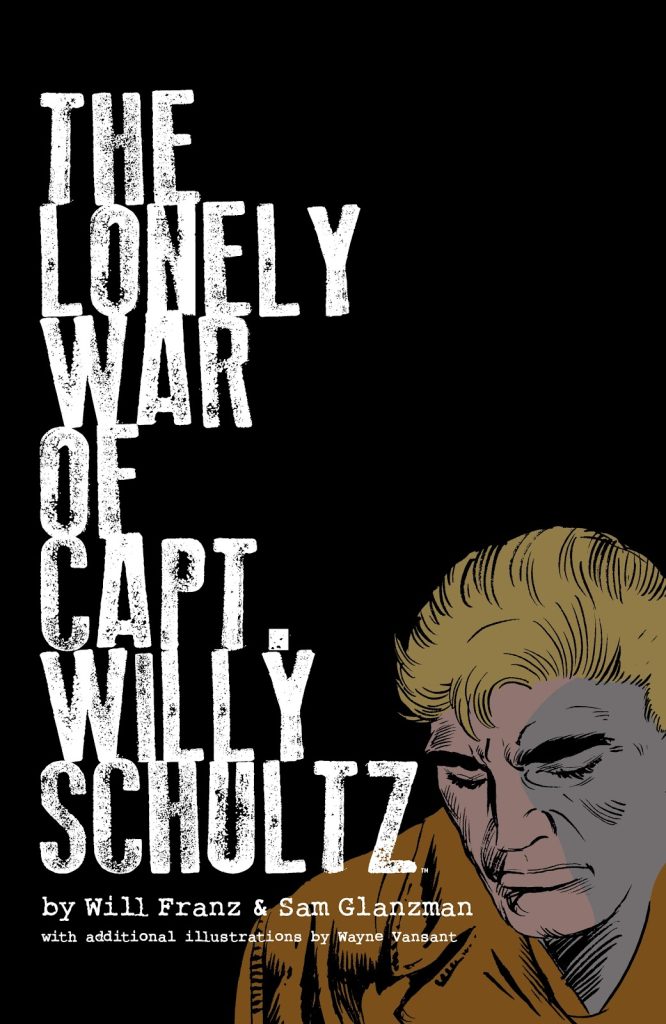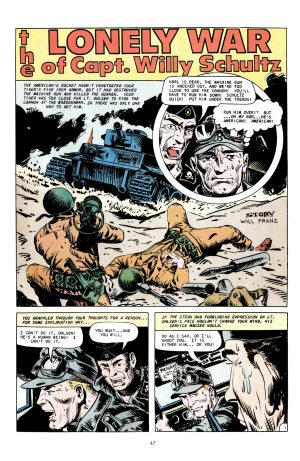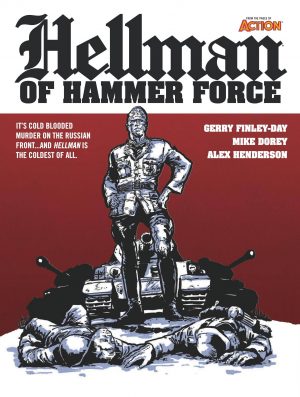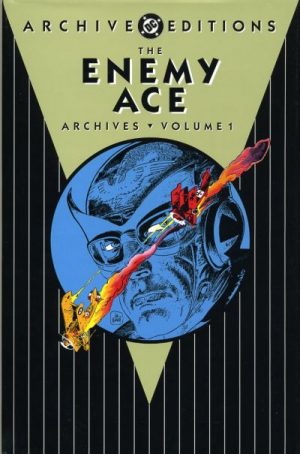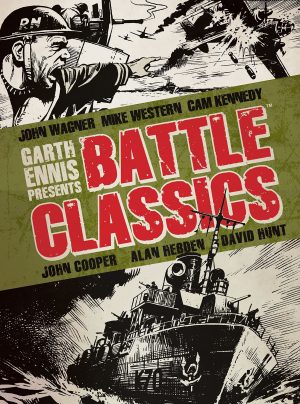Review by Karl Verhoven
The Lonely War of Capt. Willy Schultz ran in Charlton war series Fightin’ Army between 1967 and 1970, so it might be considered an obscurity, yet as Stephen Bissette’s introduction notes, over 100,000 copies of each issue were sold. It meant a considerable audience for Will Franz’s continued story of an American soldier trapped behind enemy lines masquerading as German, and it’s been well remembered by some influential people. If you’re among them this collection will resonate as a labour of love, supplying every page from Franz and Sam Glanzman in restored form, rectifying mistakes from the original publication, and supplying a new concluding episode drawn by Wayne Vansant.
Also supplied are Franz’s introduction recalling how a teenager came to be writing a war comic and the abrupt and unexplained end to that career, correspondence with Glanzman, and Bissette’s comprehensive essay on American war comics and background about previous publishers.
The opening episode has Schultz framed for murdering a colleague in the African desert during World War II. On his way to execution he escapes, and able to speak German he considers his chances of survival better among the enemy. The sample art shows the type of predicament that follows, when Schultz is placed in situations meaning he must either kill Americans or die himself. Franz initially delivers tension via packed second person narrative captions, but these are gradually phased out in favour of more naturalistic dialogue and thoughts. By today’s standards, though, the word count is through the roof. “You turned to run”, intones the narrator, “Were you a human being because you couldn’t shoot those men in the back… a coward… or a traitor!?”.
Such narration indicates melodrama ranks high in the earlier ten page plots, as Franz dangles a chance of salvation in front of Schultz only to whisk it away again for downbeat endings. Interestingly though, he’s nuanced when it comes to the humanity, Schultz among the Germans naturally not wanting to kill Americans, but also developing a comradeship with the Germans he serves alongside, and equally reluctant to kill them, seeing them all as human.
Given Charlton’s notoriously poor printing, Glanzman’s art has never looked as good as this restored version. He’s professional in telling the stories and ensures the hardware is correctly drawn, but there’s a rough and ready pulp feel, rather than the refinement of his later work. Every now and then a face resembles those drawn by Steve Ditko, especially those with sweat beads, which is a surprise.
There’s little sentimentality on Franz’s part, which reflects the short lifespan expected to those assigned frontline combat. He also continually moves it forward, and some scenes have a gritty realism as Schultz struggles to survive, and crucially Franz improves, with later stories set in Europe stronger. An episode about a bunch of teenage German boys unwilling to surrender has the emotional pull of some of Robert Kanigher’s better DC war stories.
It must be a strange experience finishing a series fifty years later. Franz supplies a compacted trip through a strange journey for Schultz over the remainder of World War II and beyond, an irony being the man scarred by war forced to continue fighting. There’s greater emotional content to Vansant’s art, bringing through the tragedy of a life blighted by a random moment.
Anyone who remembers the strip of old will be overjoyed by this collection, and while not peerless, new readers should be captivated by a war series prioritising humanity.
